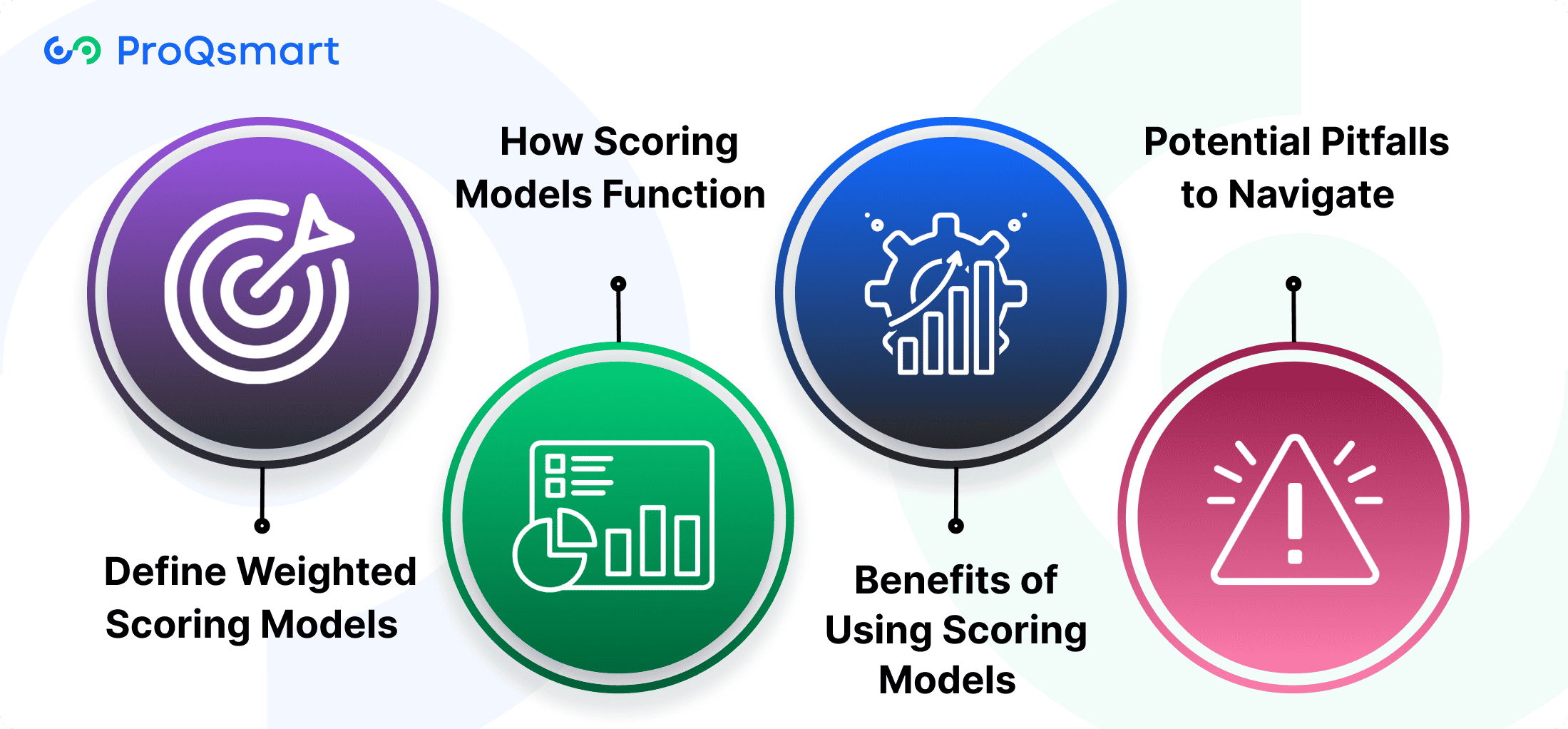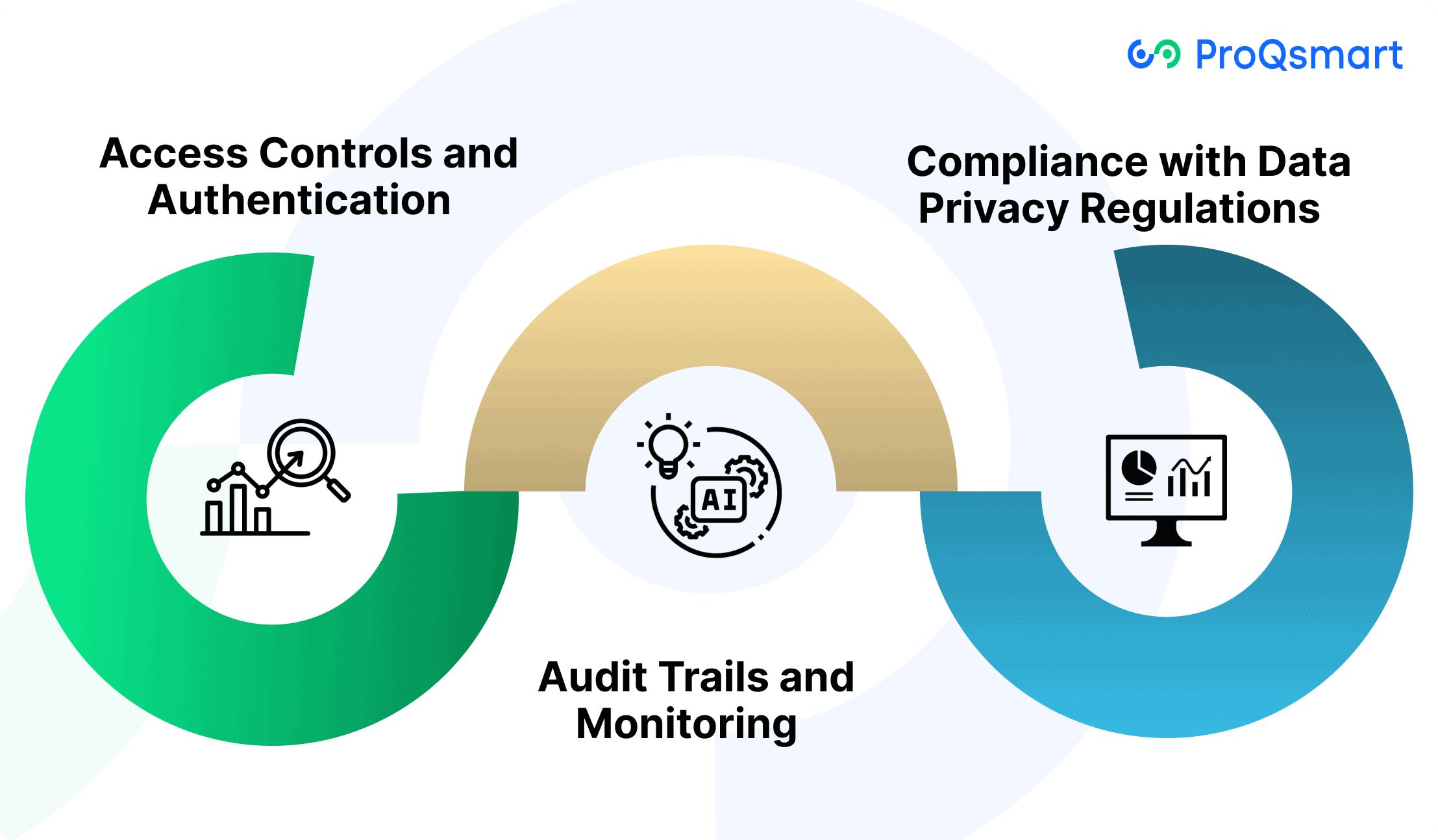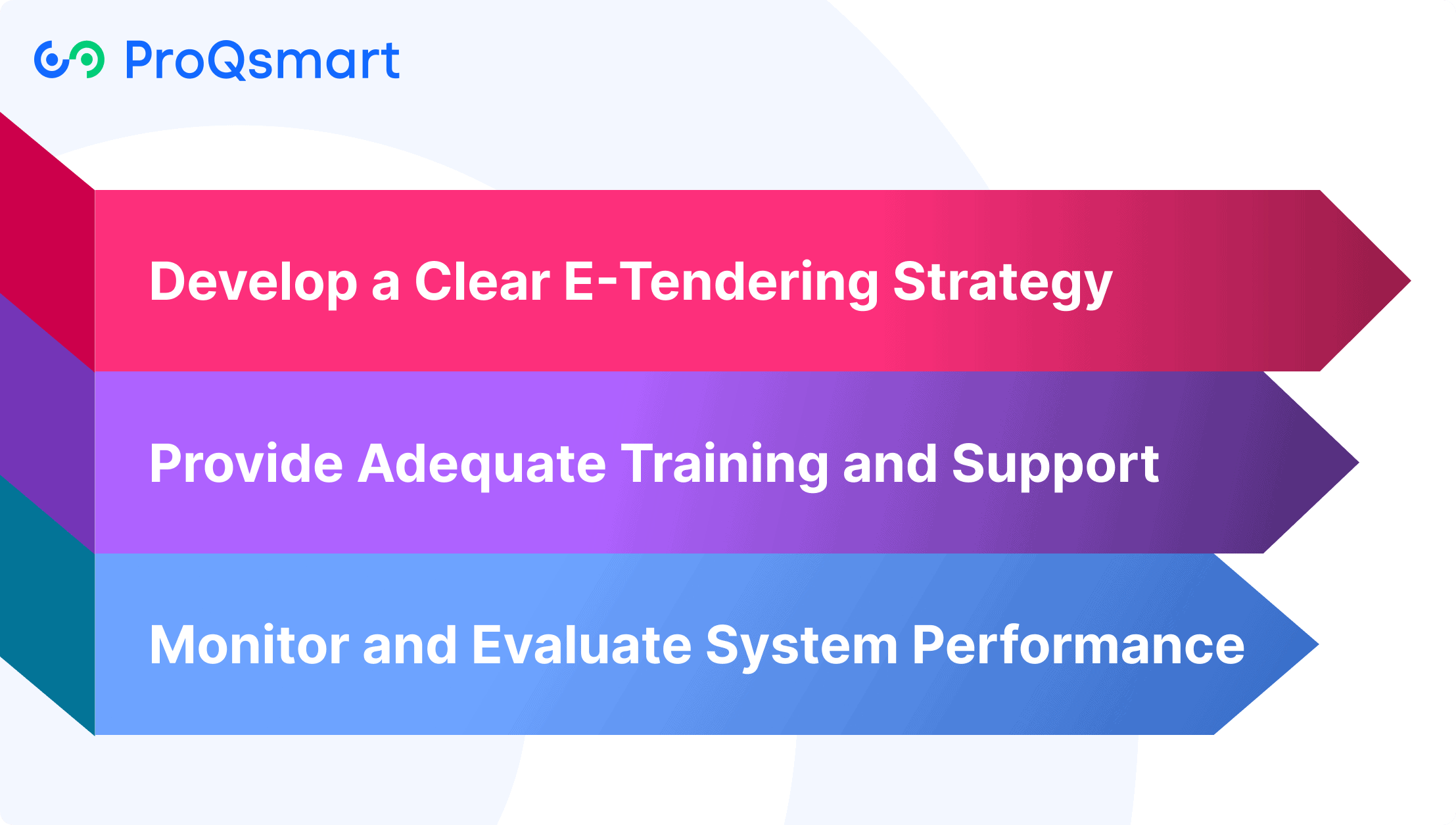E-tendering is one of the easiest, most cost-effective, and powerful digital procurement tools available. It simplifies the invitation and management of suppliers’ bids to supply goods or services. By streamlining traditional, often paper-based tendering methods, it cuts down on administrative work, speeds up procurement cycles and increases transparency in vendor selection.
This open system provides real-time communication between buyers and suppliers, keeping bid submissions up-to-the-minute and precise. By implementing automated bid evaluation, document management, and compliance tracking, e-tendering delivers a powerful foundation for strategic sourcing.
It fosters data-driven decision-making by providing real-time insights into supplier performance and market trends. Organizations looking to run a tighter ship and maintain adherence to the law should implement e-tendering. That smart play translates into improved operational efficiency and tens of millions in cost savings.
How E-Tendering Systems Works?
E-tendering systems streamline the procurement process by transforming traditional tendering into a digital procurement platform, offering a seamless procurement experience.
- Digital Centralization: Converts traditional tendering into a digital, centralized process, allowing for easy bid submission and management via a secure online portal.
- Efficient Bid Management: Automated functions like bidder pre-qualification and data extraction reduce manual labor, enabling procurement teams to focus on strategic decision-making.
- AI-Powered Automation: ProQsmart uses AI to automate bid evaluations, ensuring decisions are based on objective criteria such as price and delivery dates.
- Enhanced Collaboration: Instant communication and collaboration between procurement teams and suppliers, with a clear audit trail for transparency and compliance.
- Paperwork Reduction: Eliminates physical paperwork, reducing submission times by up to 50% and speeding up contract awards.
- Streamlined Workflows: Organizes and compares bids efficiently, accelerating contract awards by weeks or months.
- Supplier Performance Tracking: ProQsmart offers features like supplier performance tracking and budget-focused procurement to support organizational objectives.
- User-Friendly Interface: Intuitive dashboards minimize the learning curve, making it easy for stakeholders to use the system.
- Increased Productivity and Compliance: Streamlines workflows, automates processes, and enhances compliance, leading to data-driven cost savings and reduced fraud risk.
E-Tendering and Vendor Selection
With the advancement of e-tendering, procurement professionals have the power of changing the vendor selection process. It simplifies workflows, enhances public accountability, and leverages the efficiencies of a digital world. This technology makes traditionally difficult tasks such as evaluating supplier capabilities or managing multiple bids much easier.
It can reduce submission time by as much as 50%. By centralizing digital storage, e-tendering allows for quick retrieval and comparison of bids, letting procurement teams make decisions based on the data provided by bids.
Streamline Vendor Onboarding
Improving vendor onboarding begins with making the documentation process more efficient. E-tendering platforms and fields to help suppliers fill in the necessary information, reducing errors and time lost on clarification.
Automation speeds registration even more by streamlining repetitive work, providing a smooth onboarding process for prospective suppliers. Effective communication is critical throughout the onboarding process.
Digital assets allow for regular, automated communication to build trust and transparency. For instance, automated notifications can quickly inform suppliers of missing documents, speeding up compliance while building positive relationships.
Improve Vendor Communication
E-tendering helps to improve supplier communication by allowing for more streamlined and real-time communication with suppliers through digital platforms. Clear communication channels help keep all suppliers informed and engaged during the process, creating a level of confidence and collaboration.
Wherever possible, collaborative tools, like shared tracking dashboards, give suppliers the ability to view organization-specific information, increasing potential for productive engagement and a clearer understanding both ways.
For example, vendors can monitor the status of a bid or ask questions about their needs in real-time, fostering a more efficient process and proactive collaboration.
Facilitate Vendor Performance Tracking
Tracking supplier performancebecomes easier once adopted e-tendering systems. Performance metrics—like delivery timelines or quality standards—can be specifically laid out and monitored through the use of data analytics.
Knowledge gained from these performance metrics informs ongoing improvements. For instance, AI-powered tools analyze trends across suppliers to find areas for efficiency and cost savings, helping all suppliers succeed at achieving your organization’s goals over time.
E-Tendering Scoring Models

In e-tendering, scoring models serve as a structured framework for evaluating bids with precision and fairness. These models ensure a transparent and objective assessment by quantifying vendor proposals against predefined criteria, which is particularly critical in fostering impartiality and aligning decisions with organizational goals.
By eliminating subjective judgments, scoring models streamline decision-making, making them an indispensable tool for procurement professionals.
Define Weighted Scoring Models
Weighted scoring models score and rank vendor responses using criteria that have been given specific weights of importance. So for instance, you might want to give price a weight of 40%. Perhaps quality has 35% of the weight, delivery timelines 25%, whatever is most important to you.
This method helps create a well-rounded and useful evaluation that better matches the needs of the organization. By maximizing data-driven insights, you can keep your decisions objective and defensible.
ProQsmart harnesses the power of AI to automate workflows, giving businesses the ability to easily and quickly rank their vendors. This method is better suited to fairness overall. Tools such as these encourage a transparent, fair process of evaluation, even across stakeholders who may not be well versed in your offerings.
How Scoring Models Function
Weighted scores are used to vendor proposals by applying varying values to each criterion. In this way, e-tendering platforms such as ProQsmart make this process much more efficient through real-time calculations, improving accuracy and helping decision-makers quickly visualize scores for clarity.
ProQsmart’s user-friendly system fosters objectivity and further automates the evaluation of risks. It provides access to archived evaluation records, greatly alleviating the chance for human error.
Benefits of Using Scoring Models
Scoring models increase transparency and ensure vendor selection serves intended goals while speeding up decision-making via automation. ProQsmart’s AI-driven tools enhance the digital procurement process, reduce errors, and create cost savings by automating repetitive procurement tasks.
Potential Pitfalls to Navigate
Setbacks arise with determining appropriate criteria, dependence on data that’s accurate, and not creating a model that’s too complex. ProQsmart reduces these risks with interactive, collaborative, and AI-enabled tools that streamline everyone’s evaluations.
These tools involve stakeholders more productively and enhance public confidence.
Security Measures for E-Tendering

Indeed, securing e-tendering platforms should be at the forefront of protecting the procurement process and maintaining public trust. By utilizing strong security protocols, information security organizations can keep sensitive data secure within the digital procurement platform. These measures help ensure compliance and protect against cyber threats, which account for 17% of attacks in the supply chain sector.
Access Controls and Authentication
Access control systems are essential in ensuring that only authorized users can access your platform. Implementing two-factor authentication (2FA) not only makes security stronger, it helps make accountability possible. Periodically reviewing who can access what system limits being a target.
Multi-factor authentication, along with clear collaboration between your IT and procurement teams, are the bedrock of a secure environment. ProQsmart comes baked with these types of measures to automate workflows and keep operations compliant.
Audit Trails and Monitoring
Detailed audit trails improve transparency and accountability. Digital tracing and monitoring systems flag irregularities against established baselines, protecting against abuse and ensuring compliance with procurement policies.
Audit trails are essential for settling disputes so they provide verifiable, immutable records of all activities. They help build trust and fairness at every step of the process.
Compliance with Data Privacy Regulations
Compliance with our rapidly changing data privacy regulations is imperative. Organizations will need to be aware of any upcoming regulatory changes, implement privacy policies, and conduct due diligence on third-party providers to ensure compliance.
Failure to comply not only amounts to legal consequences but can lead to exposure of data security.
Regulatory Frameworks Impacting E-Tendering
Navigating the regulatory landscape is often the first step, and the most critical, in adopting e-tendering practices. Regulatory frameworks should be designed to ensure e-tendering is fair, transparent, and secure. Their complexity and variability frequently present challenges.
Getting a handle on these regulations is key for procurement organizations looking to implement e-tendering successfully, whether they’re down the street or on another continent.
Overview of Relevant Regulations
Important pieces of legislation shape e-tendering, such as data protection legislation and anti-corruption legislative efforts.
These regulations play a vital role in directly shaping how procurement activities can be carried out while ensuring secure data is managed and fair competition is preserved. Sticking to the rules might seem obvious, but breaking them can lead to fines, loss of reputation, or legal action.
For example, in the construction sector, regulatory barriers represent 20% of the e-tendering adoption hurdles. Legal counsel is crucial in assisting organizations with the development of processes designed to comply with relevant laws and regulations. They help cut through the usually complicated regulatory environments.
Ensuring Compliance with Legal Requirements
To overcome these challenges and ensure compliance, organizations need to perform effective strategies. This means consistently training staff on regulatory changes, as well as maintaining detailed documentation to show compliance.
While audits are critical in confirming compliance, they serve as a powerful tool to locate gaps in compliance and mitigate risks. ProQsmart makes this process extremely easy with built-in automated workflow.
Second, it helps enforce regulatory compliance with correct, complete, and auditable sourcing data, helping procurement teams more effectively follow the rules.
Impact on Cross-Border Tendering
This complexity increases when considering cross-border e-tendering, as international regulations differ among participating countries. Procurement teams must navigate differing standards while ensuring alignment with global practices.
Tools like ProQsmart help e-tendering platforms to make up this market gap. They promote collaboration and supplier engagement across borders, enabling organizations to deepen their global footprints.
Best Practices for E-Tendering Implementation

Implementing e-tendering systems effectively requires a structured approach that balances strategic planning, user engagement, and long-term performance monitoring. By implementing these practices, organizations can better track and ensure equity in their procurement processes.
These result in increased transparency, verifiable savings, and enhanced supplier collaboration.
Develop a Clear E-Tendering Strategy
E-tendering strategy should start with identifying specific objectives that map to and support your organization’s goals. If cost efficiency is your primary focus, take a look at platforms such as ProQsmart. Their budget-driven procurement tools ensure you stay within budget.
Engaging stakeholders during the planning stage is essential to defining operational requirements and achieving shared operational buy-in. Incorporating feedback loops ensures continuous improvement, making sure that the strategy evolves with any changes within the organization.
For example, ProQsmart’s AI-powered tools can automate document management and track supplier performance, creating a reliable framework for process refinement.
Provide Adequate Training and Support
User training prevents challenges and leads to successful adoption of e-tendering platforms. Employees should understand the capabilities of ProQsmart, such as real-time tracking and automated workflows.
These features reduce the potential for human error and provide better business intelligence to support more informed decisions. Providing ongoing support, like a help desk or tutorial videos, ensures user issues are resolved quickly, instilling confidence in the system.
Training programs can further close the gap by incorporating user feedback, customizing sessions to best tackle common challenges faced.
Monitor and Evaluate System Performance
Post-implementation monitoring is critical for evaluating system performance against pre-set parameters. Platforms like ProQsmart include automatic audit trails and real-time data tracking, enabling businesses to adjust workflows and maintain compliance with procurement regulations.
Regular evaluation will help keep operations running in the most efficient manner while fostering supplier confidence and trust by keeping the process transparent.
Transitioning to E-Tendering Smoothly
Transitioning to an e-tendering platform is an exciting opportunity to realize greater efficiency, cost savings, and transparency in the procurement process. To maximize these advantages, proceed in an organized fashion, prioritizing what will add the most value to your current practice and implementing in phases.
Assess Current Procurement Processes
Determining your current procurement practices is the first step to a smooth transition to an efficient procurement platform. By understanding existing inefficiencies and processes that can be improved, you will have a thorough understanding of where e-tendering will create the most impact. If you’re tired of the tangles created by the delays and inaccuracies of traditional tendering, it’s time to embrace the digital procurement process.
Along with automating workflows, this procurement solution addresses these pain points head-on. Benchmarking what you’re doing today against industry standards is another great way to learn about best practices. Engaging your stakeholders, including procurement teams and potential suppliers, to set expectations is key.
Include procurement teams, suppliers, and decision makers in the evaluation process to develop a holistic view of operational hurdles and strengths.
Develop a Phased Implementation Plan
A phased approach reduces upheaval and leaves room for changes to be made as it unfolds. Start with focusing on the most important features first, like ProQsmart’s
Pilot programs allow you to test functionality in a more controlled environment and seek out participant feedback. Having flexibility in your plan allows for refinement, leading to smoother scaling department-wide.
For example, major construction players could initially implement e-tendering for managing subcontractors before extending to managing supplier connections.
Communicate the Benefits to Stakeholders
Honest, proactive communication garners buy-in by calming fears and showing tangible benefits. Underscore success stories, like 70% of companies reporting more efficient processes post adoption.
Workshops or presentations demonstrating tools such as ProQsmart’s supplier performance monitoring help build awareness and trust with necessary stakeholders.
Provide Ongoing Support and Training
Training ensures users are proficient in the digital procurement process, while regular check-ins help resolve challenges. ProQsmart’s collaborative, AI-driven procurement platform fosters a community of shared learning for constant improvement.
Conclusion
E-tendering systems democratize procurement by ushering in unprecedented efficiency and clarity. They streamline the vendor selection process, enhance the accuracy and reliability of the scoring process, and provide increased security. These systems make it easy for businesses to stay ahead of evolving regulations and the emerging best practices. With e-tendering it can seem like a difficult transition. Done correctly, it quickly becomes a painless experience that provides tremendous value.
As these businesses expand, so too does the need for fair, efficient, and transparent procurement. E-tendering fills that void by providing powerful, yet easy-to-use tools that save time and money while promoting uniformity and compliance. That’s why it opens up possibilities for improved cooperation between jurisdictions and data-driven decision-making.
Explore ProQsmart and book a demo today to discover how the innovative e-tendering solutions can transform your procurement processes, enhance supplier relationships, and drive business growth.




